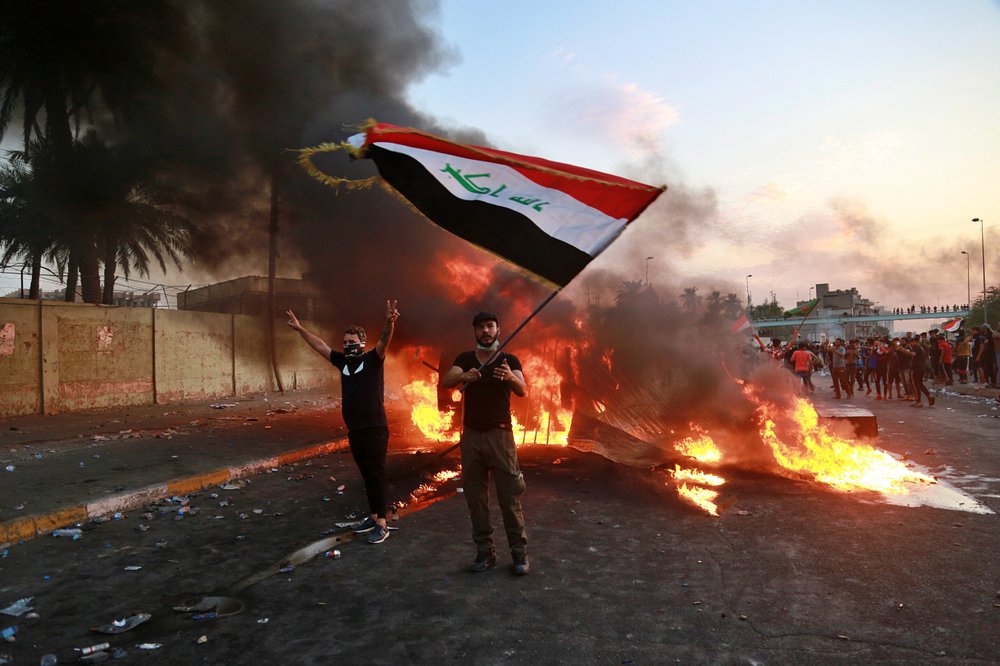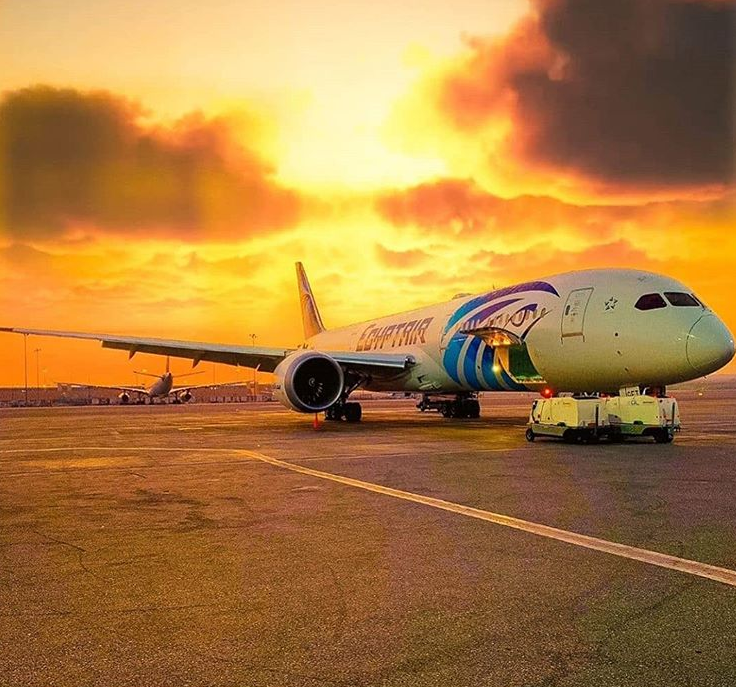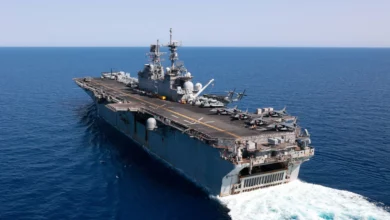
BAGHDAD (AP) — The young men and women coordinated on social media. Fed up with an Iraqi political elite they blame for their many grievances, they agreed on a mass demonstration on Oct. 1.
They were met with bullets, water cannons and tear gas, plunging the country into renewed instability just as it was starting to emerge from a bloody war against the Islamic State group.
The response to the unrest has triggered ongoing confrontations with protesters across the country and has claimed the lives of more than 30 people in three days. Hundreds have been injured.
The turmoil in Iraq, a country central to America’s Middle East policy, comes at a critical moment in the region amid soaring tensions between Iran and the United States _ both allies of the Iraqi government. Iraq hosts thousands of U.S. troops and also is home to powerful Iranian-backed militias. There were already concerns the country was turning into a proxy battlefield between the two sides.
A look at what happened this week:
WHO ARE THE PROTESTERS?
They are mostly men in their early 20s, embittered and frustrated at a ruling elite they see as having squandered Iraq’s oil wealth for years. They included hundreds of new university graduates, both male and female, who are unable to find jobs, along with teachers, elderly men and women and civil society activists.
They rallied online around an Arabic hashtag of “I’m protesting for my rights.” On the streets, they carried Iraqi flags or wrapped themselves in them. Their grievances include high unemployment, few opportunities and endemic corruption _ a top complaint. Iraq ranks 11th in the 2017 World Corruption Index. The World Bank says youth unemployment in Iraq is more than 20 percent.
The mostly spontaneous, leaderless demonstrations were concentrated in Baghdad and in working class neighborhoods. The protests occurred in predominantly Shiite provinces, although some Sunnis have taken part. The country has a Shiite majority with a Shiite dominated government.
WHY NOW?
The pressure has been building since the battle against the Islamic State group was declared over in 2017 _ and even beforehand. After the fighting ended, large parts of Iraq were in ruins and tens of thousands of people were displaced with no homes to return to. The country’s famously bad electricity and water services got worse.
There have been periodic protests in recent years, particularly in the hot summer months when electricity and water shortages are at their worst. The southern city of Basra saw violent protests and riots last summer after thousands of people fell ill because of polluted water.
The war against IS has also given unprecedented clout to Iranian-backed militias known collectively as the Popular Mobilization Forces, which fought the extremist group alongside Iraq’s army and are now part of the country’s security forces. They have accumulated immense political and economic power, challenging the authority of the central government.
Prime Minister Adel Abdul-Mahdi, who came to power a year ago, promised to introduce change and fight corruption, but he has been unable to bring meaningful reform. He also been powerless to rein in the militias, and many Iraqis have grown frustrated with a government they see as increasingly subservient to Iran.
REGIONAL CONTEXT
The violence engulfing Iraq after the protests spread to most of its provinces puts Abdul-Mahdi in a critical position, threatening to bring down his government at a time of heightened regional tensions. Despite the death toll, he has not addressed the nation, other than to issue a statement in which he blamed “infiltrators” among the protesters for inciting the violence, and promising to address their concerns.
Protesters are calling for his government to resign, but moves such as the curfew and internet shutdown indicate a hard-line stance.
Political heavyweights like Shiite cleric Muqtada al-Sadr are urging an investigation into the security services’ excessive violence but stopped short of backing the protesters.
The leaders of PMF militias that are represented in the government and parliament have not commented on the protests, apparently fearing a backlash. Some of their offices have been set on fire by protesters in the south, including in Najaf and Amara. TV channels they control have largely ignored the unrest.
There are already indications that regional tension is at play. Some demonstrators in Baghdad blamed Iranian-backed groups within the security forces for the violence. Media affiliated with the Iranian-backed groups have pointed toward the U.S. and Saudi Arabia for the unrest.
All eyes will be on militia leaders and Shiite religious authorities, including Grand Ayatollah Ali al-Sistani, the top Shiite cleric, in his Friday sermon, for signs of support for the protesters, which would give them momentum.
___
Karam reported from Beirut.
By ZEINA KARAM and QASSIM ABDUL-ZAHRA
Photo: An anti-government protester waves a national flag during a demonstration in Baghdad, Iraq, Thursday, Oct. 3, 2019. Iraqi security forces fired live bullets into the air and used tear gas against a few hundred protesters in central Baghdad on Thursday, hours after a curfew was announced in the Iraqi capital on the heels of two days of deadly violence that gripped the country amid anti-government protests that killed several people in two days. (AP Photo/Hadi Mizban)




